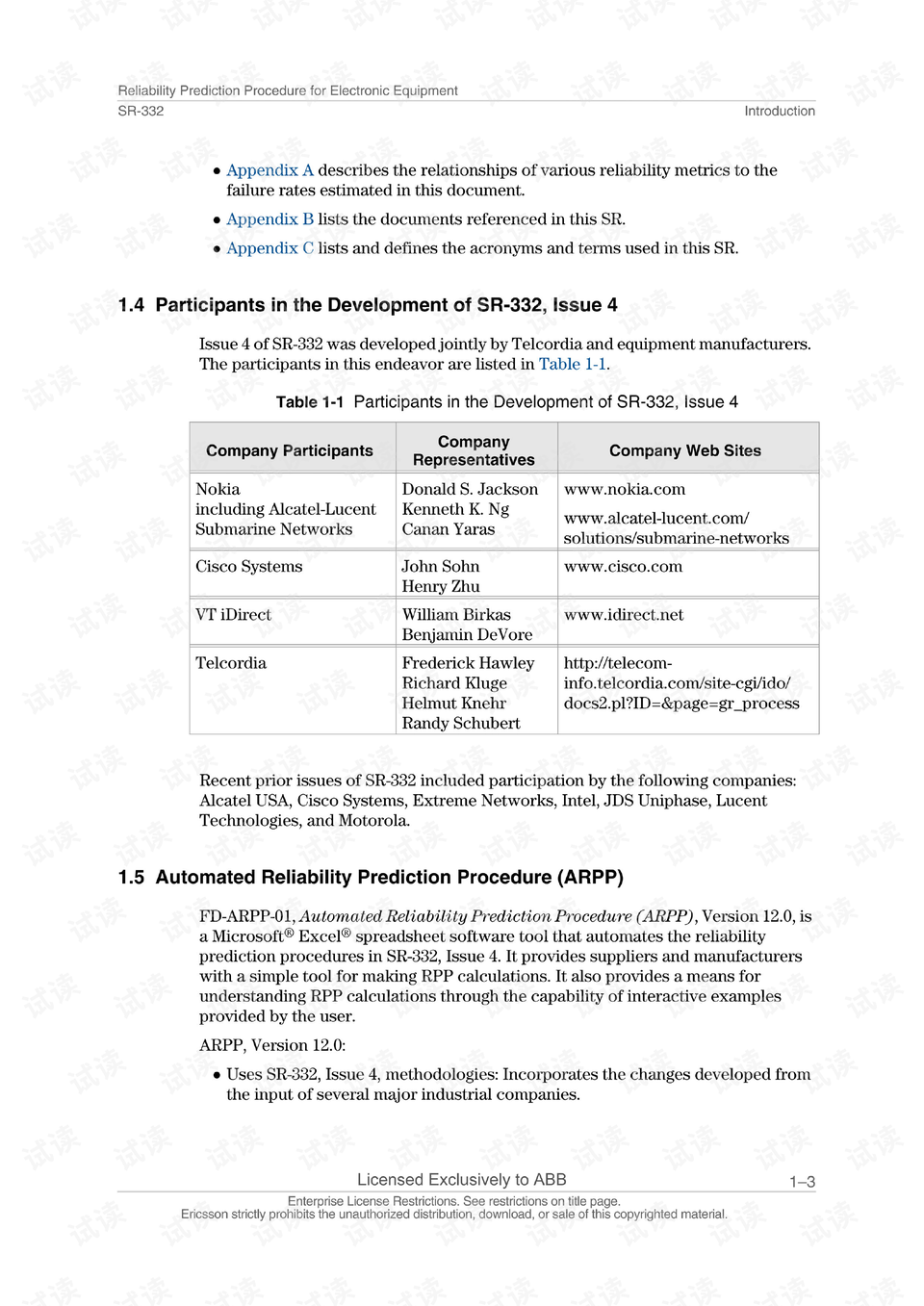

The MIL-HDBK-217 Reliability Prediction Standard MIL-HDBK-217 is one of the most widely known Reliability Prediction standards. The equations offer valuable insight into the type of data and information you will need about the devices in your system in order to perform a reliability prediction analysis.Īlso, you can see what factors the models are taking into account and, therefore, which operating parameters will most impact the failure rate predictions.įive of the most widely used Reliability Prediction standards for reliability analysis. When evaluating the similarities and differences between the reliability prediction methods, it is most useful to delve into the calculations used to predict failure rate presented in the various standards. This field-based failure data can be used in your reliability prediction analyses. The NPRD and EPRD databases include failure data on a wide range of electrical components and electromechanical parts and assemblies. This ability to perform design trade-off analysis with metric-based assessments empowers you to make the best decisions for your business. Reliability Predictions can also be used to evaluate design options by considering the reliability profiles of the various alternatives.

How To Use Failure Rate Predictions to Improve Reliability Reliability Predictions offer a path to product improvement by supporting the ability to design in reliability.Īt the early design stage, Reliability Predictions enable you to perform an assessment of likely failure rate characteristics.īy predicting failure rates, you can then make design changes as needed for areas of weakness. Telcordia Sr 332 Issue 4 How To Use Failure This article provides an overview of the most commonly used reliability prediction standards. Reliability Predictions historical roots are in the military and defense sector, but over the years have been adapted and broadened for use in a wide range of industries.Įssentially, the advantages afforded by reliability prediction analyses make it an important part of managing and maintaining reliability and quality objectives. The result of a reliability prediction analysis is the predicted failure rate or Mean Time Between Failures (MTBF) of a product or system, and of its subsystems, components, and parts. The variables used in the reliability calculation formulas to calculate component failure rates vary, but include data such as device ratings, temperatures, operating parameters, and environmental conditions. Statistical analysis was then used to determine the equations which best modeled the failure characteristics of the accumulated data. These equations were built by analyzing a huge amount of field data over a long period of time.



 0 kommentar(er)
0 kommentar(er)
